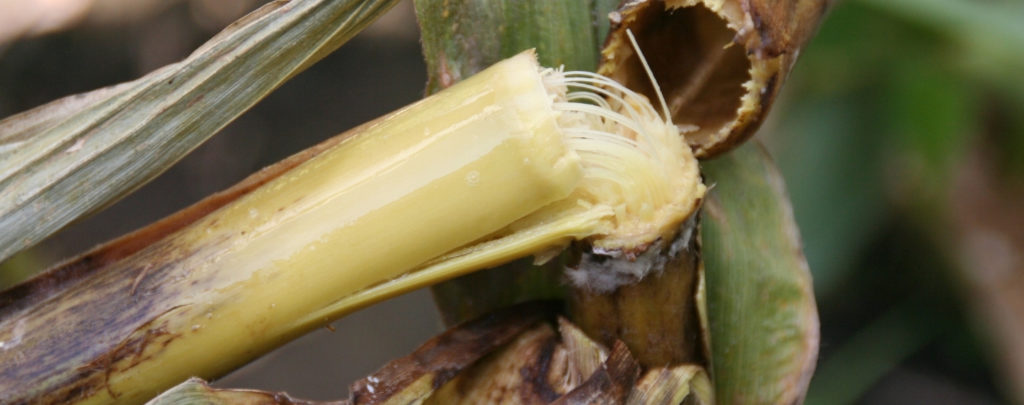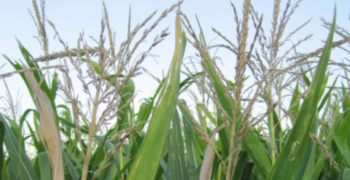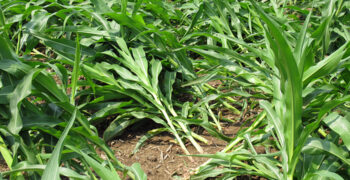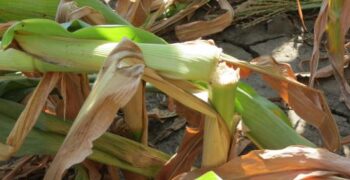Background:
Bacterial stalk rot is caused by the bacteria Erwinia dissolvens. Typically the infection point is the first internode above the soil, but can also infect more internodes as you move up the plant. The first indication that the plant may have bacterial stalk rot is the rind and pith become very soft, brown and look water soaked. There is one way to really differentiate bacterial stalk rot from others. That is the foul odor that is expressed from the plant tissue, which is very comparable to silage. Plants can remain green for several weeks after falling and twisting over. The bacteria overwinters within the soil and in crop residue. Infection occurs when water that has the bacteria splashes onto the plant or into the whorl of the corn plant. This can be seen in extended flooding periods, irrigation practices, where the humidity and temperatures are high. Other infection points are wounds or openings caused by hail, wind, soil or rain.
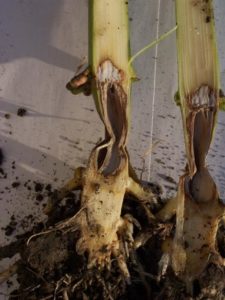 Scouting: Throughout the growing season.
Scouting: Throughout the growing season.
Since bacterial stalk rot can happen anytime throughout the year, it is important to look for these symptoms. Fields that have had a history of bacterial stalk rot will need to be addressed first. Then fields that have flooding for an extended period of time or irrigated fields. The first internode above the soil level will start to decompose, the rind and pith will turn brown, soft and look water soaked. The stalk will then twist and fall over, resulting in yield loss. Another key point that sets bacterial stalk rot apart from others is the foul odor it releases that resembles the smell of silage.
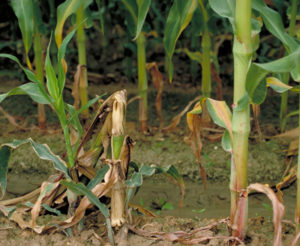 Management:
Management:
- Picking hybrids that are resistant or have strong stalks
- Incorporate infected plant tissue, deep into the soil during fall tillage
- Avoiding wet soils or ponding, tile may need to be installed.
